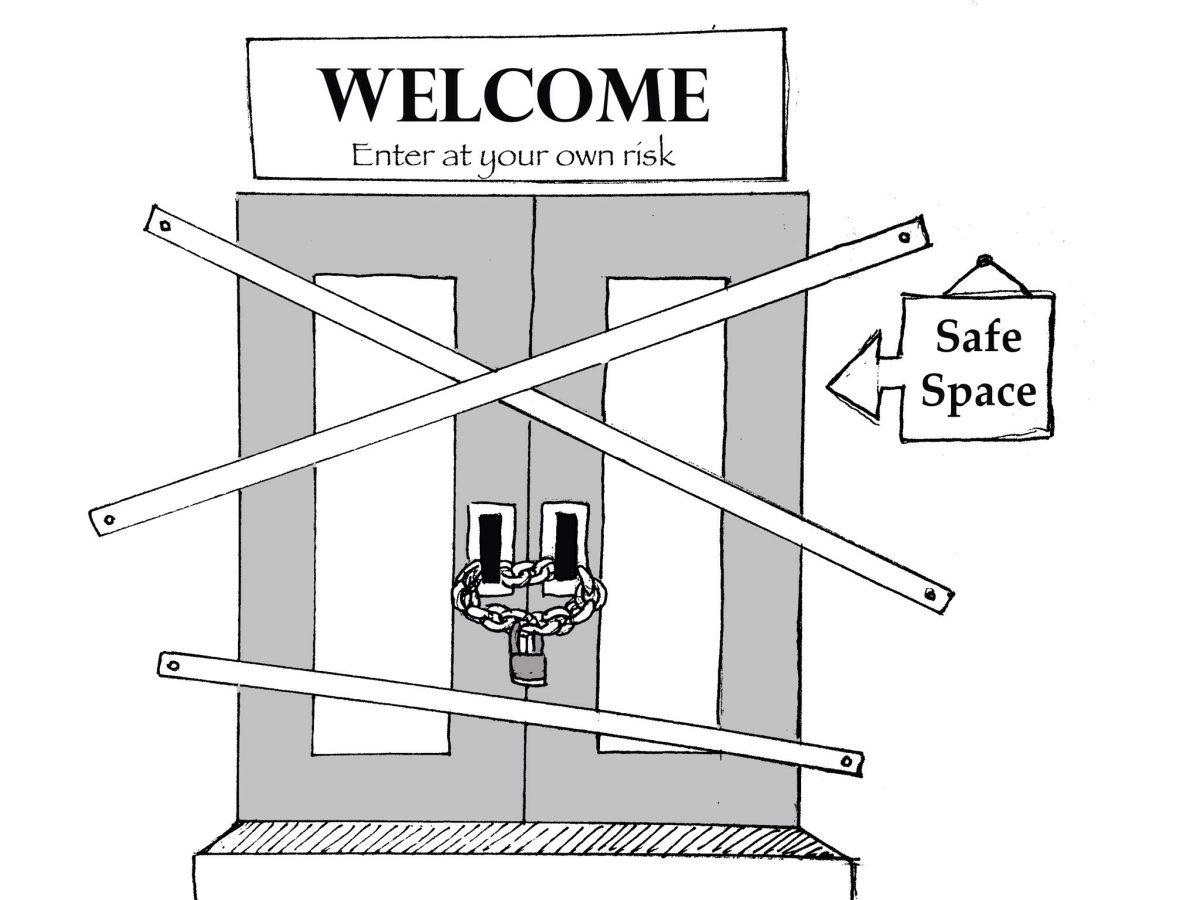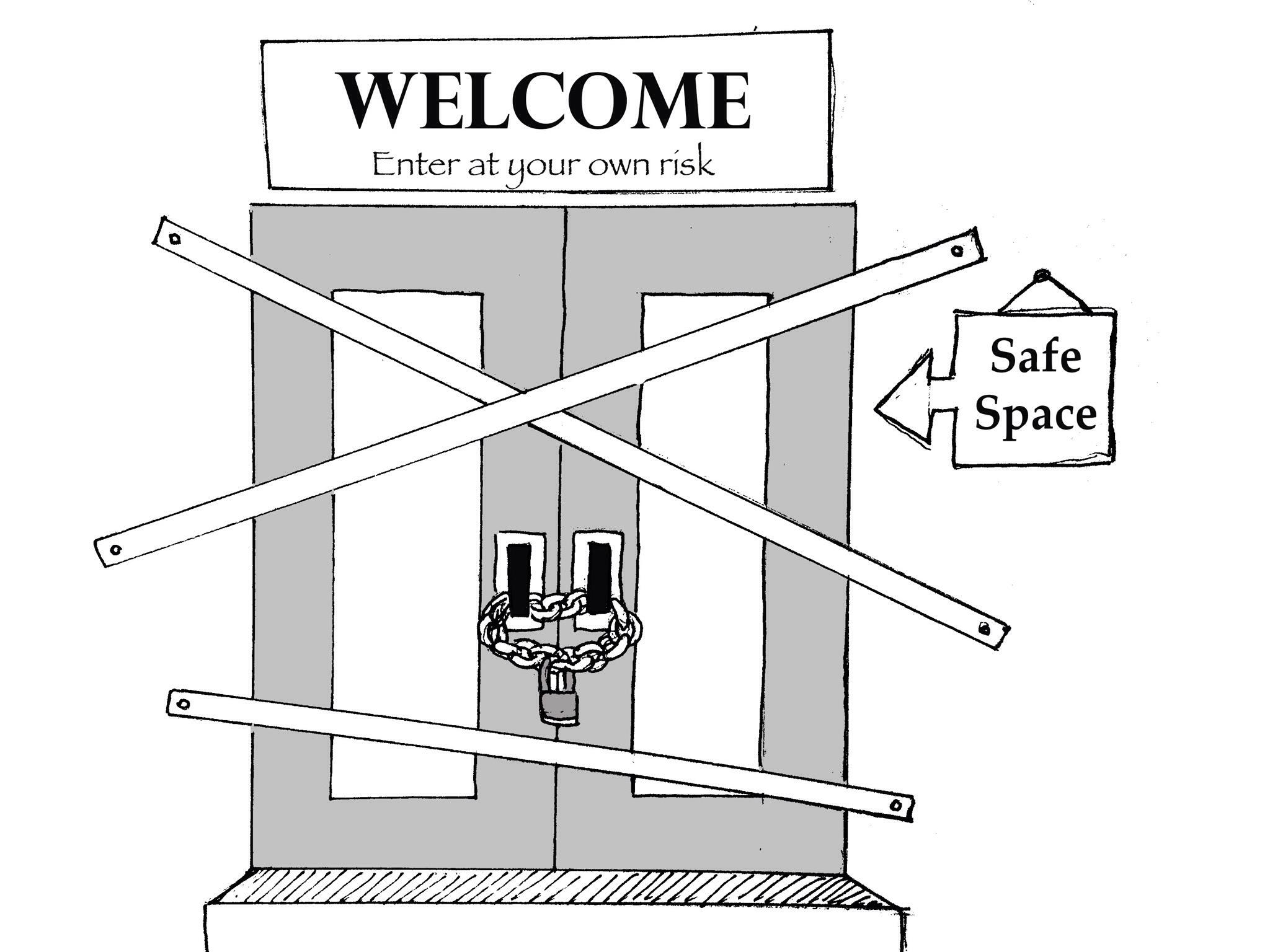Two weeks ago, the president of University of Chicago, John Ellison, sparked controversy when he sent out a letter to incoming freshmenstating the university doesn’t “support so-called ‘trigger warnings’ … and we do not condone the creation of intellectual ‘safe spaces’ where individuals can retreat from ideas and perspectives at odds with their own.”
The message this sends to students? Toughen up, college is supposed to push you to and past your limits.
Not only do incoming students already feel anxious about starting a new chapter of their lives, but now they might feel like they don’t have safe spaces to turn to. This also means that ‘trigger warnings’ by professors that alert students to potentially sensitive material may no longer be provided.
While Ellison was responding to the overstepping of safe spaces and trigger warnings, he didn’t address it correctly.
On one end, safe spaces can expand too far, shutting out any opposition and impeding on freedom of speech. On the other side, many students, especially minorities and those with mental illness, may need a space where they can take a break from harsh realities and recuperate.
Where do we draw the line? Should the university decide what safe spaces students have, or whether or not professors should use trigger warnings?
The discussion is complex, and there isn’t a clear-cut answer. We shouldn’t shut out visitors who have opposing views just because the content might be offensive, but we also should not force students to be put in situations where they feel persecuted.
Safe spaces like CAPS, the Hub and the DREAM Center should be protected by the university. These spaces help students decompress from the stresses of life and seek help from peers in similar situations.
Other safe spaces should be ran by students, and the university should allow space on campus for these groups to meet. Speakers of all kinds should still be allowed on campus, but students should be able to choose whether they would like to attend these events.
As far as trigger warnings, individual professors should be allowed to choose whether or not to use them.
Some graphic content, such as abuse, violence or gore, could cause students extreme discomfort or anxiety. A heads-up for this kind of content is warranted.
Universities give opportunities to discover new things, new cultures and new interests to become a more informed and well-rounded individual.
There will be times when personal views are opposed and there is a time and place for heated discourse. This is healthy and hiding from all “offensive” discourse closes off individuals from reality.
However, no one should get to decide when to force someone into extremely uncomfortable situations.
Universities should be a place to promote discussion and present opposing viewpoints, while respecting all individuals and all viewpoints.





![[Both photos courtesy of sonoma.edu]
Ming-Ting Mike Lee stepped in as the new SSU president following Sakakis resignation in July 2022](https://sonomastatestar.com/wp-content/uploads/2024/04/CC4520AB-22A7-41B2-9F6F-2A2D5F76A28C-1200x1200.jpeg)



























